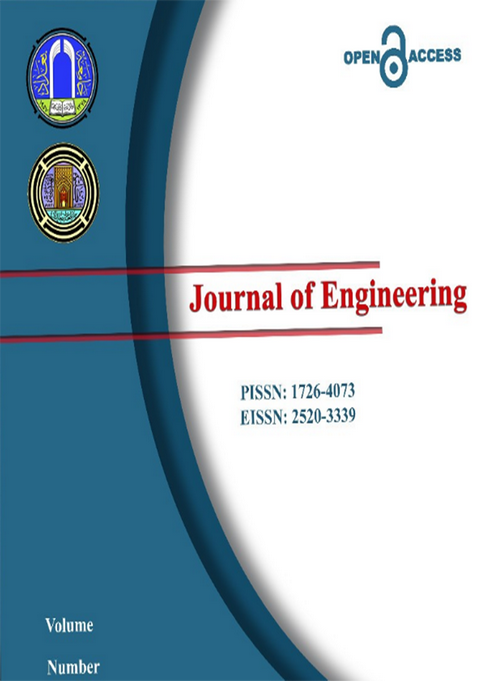Abstract
This paper explores the optimization of service distribution in urban and regional planning using buffer zones techniques. The study focuses on the distribution of secondary schools in a sector of Baghdad, utilizing Geographic Information System (GIS) tools to overcome various planning challenges. By accurately allocating geographic sites and rapidly achieving multiple planning requirements, the research demonstrates the effectiveness of buffer zones (zones of influence) in urban planning. The findings highlight the importance of precise site selection and the use of GIS in achieving equitable service distribution.
Keywords
Site Selection Buffer Zones Urban Planning Geographic Information System (GIS) Service Distribution Secondary School Distribution Zone of Influence Optimization
